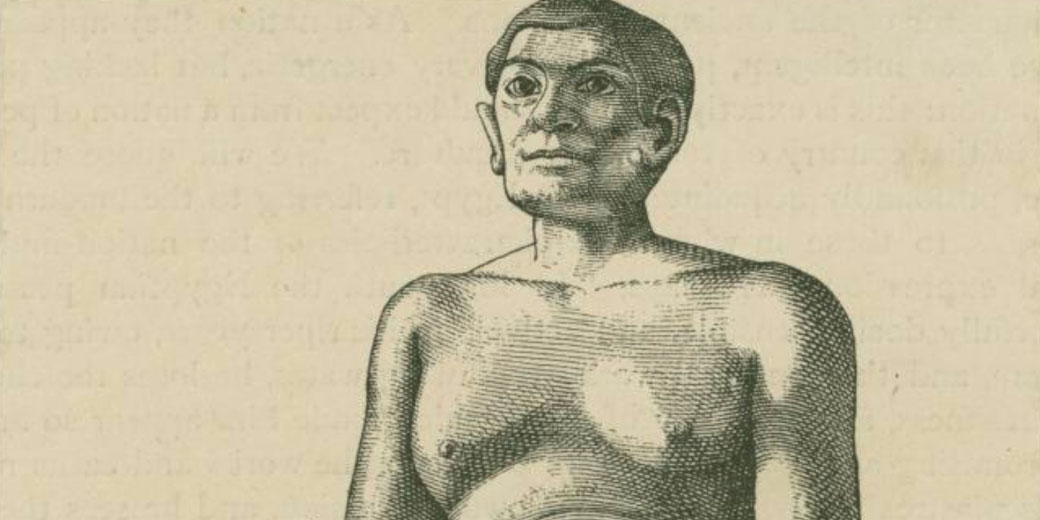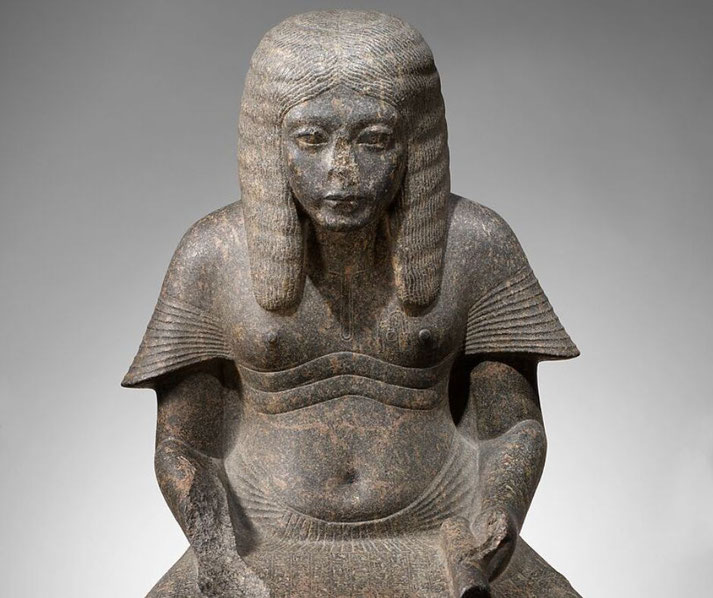The elite world of ancient Egyptian scribes

While ancient Egypt is often remembered for its temples and tombs, the knowledge required to build and maintain such wonders rested in the hands of a select few.
These individuals were entrusted with preserving religious traditions and tracking economic resources to maintain the state’s smooth operation.
Their work sustained the sense of unchanging order that Egyptian rulers prized.
How did scribes learn hieroglyphs and hieratic?
During childhood, those destined to become scribes usually entered special schools known as the Houses of Life.
Operated in temples or palace compounds, these institutions trained boys from wealthy families in reading, writing, and mathematics.
Instruction involved years of copying religious texts and legal codes, and they crafted model letters, usually under the close oversight of master scribes.
Learning the full range of hieroglyphic and hieratic scripts required daily repetition and careful memorisation so that they could reproduce standardised forms without error.
Students who showed the best skills gained access to higher-level training in administration, land surveying, and tax documentation.
Once trained, scribes held posts across Egypt’s system of administration. Within many of the temple areas, they were tasked with recording rituals, or maintaining sacred calendars, and much of the time, supervised the storage of religious offerings or manuscripts.
In the royal court, however, they acted as secretaries, accountants, and record-keepers for officials and pharaohs.
Scribes working for the state were trusted with maintained tax records. This could include monitoring food distribution and registering labourers on various large construction projects.
A scribe who worked on tomb construction at Deir el-Medina, for example, recorded the names, work hours, rations, and tool usage of every labourer who crafted royal burials.
Their documentation created a lasting paper trail that helped modern archaeologists reconstruct daily life in ancient Egypt.

What work did ancient Egyptian scribes do?
Throughout the Nile Valley, scribes received many rewards for their services. The state often paid them in grain, beer, linen, and occasionally land.
Some held titles that brought them into close contact with Egypt’s most powerful individuals.
A scribe attached to the royal household could dine at elite banquets, attend important religious festivals, and live in comfortable housing near the palace or temple.
In elite tombs, inscriptions and paintings frequently showed scribes seated on low stools holding writing palettes and papyrus scrolls and surrounded by assistants.
Such imagery celebrated their learning and reinforced their social standing.
Despite their prestige, scribes had to remain very precise in their duties. Official documents demanded accuracy in language and structure.
Any errors could result in serious consequences. Many scribes specialised in a particular field, such as agricultural surveys or legal correspondence, and developed personal handwriting styles.
Some left behind letters or personal accounts, such as that of the scribe Ani, whose famous Book of the Dead scroll combined religious devotion with careful illustration and penmanship.
Their works reveal pride in their profession, which they saw as superior to manual trades or agricultural labour.
Why scribes were so respected in ancient Egypt
In the surviving examples of ancient Egyptian literature, scribes often portrayed their own profession as the path to knowledge and influence.
Instructional texts such as The Satire of the Trades warned young readers of the physical exhaustion suffered by carpenters, potters, and farmers, while praising the scribe’s clean hands and a steady income.
Temple inscriptions encouraged youths to become scribes by associating literacy to immortality through the written word.
In an environment where statues could be toppled and tombs looted, texts carved in stone or copied onto papyrus offered a more reliable means of preserving one’s name.
Over the centuries, scribes played an essential part in preserving Egypt’s cultural memory.
They copied older religious texts word for word to ensure ritual consistency. They revised myths and hymns to suit new dynasties.
They adapted scripts and vocabulary to reflect changes in political control, particularly during the Late Period and under foreign rulers.
The Demotic script, which developed during the seventh century BCE, allowed scribes to keep administrative functions alive under Persian and later Greek rule.
Even as spoken language evolved, the scribes maintained continuity in religious and official writing.
Evolution of scribal tradition
By the time of the Greco-Roman period, traditional scribal training had begun to decline.
Greek language and administration started to replace Egyptian models, especially in government and law.
However, the native scribes retained an important role in temple rituals and religious conservatism.
Some adapted when they learned Greek and acted as cultural intermediaries. In temples such as Philae, scribes continued to inscribe hieroglyphs into the Roman period, and they attempted to preserve a tradition that stretched back over three millennia.
In the ancient Egyptian worldview, the scribe held a role akin to the creator god Thoth, who brought writing into the world and kept order through language.
They lived in a privileged but demanding world, one that required discipline and loyalty backed by skill in one of the most challenging writing systems.
Their memory still survives in the records they created and in the civilisation they helped administer.
What do you need help with?
Download ready-to-use digital learning resources
Copyright © History Skills 2014-2025.
Contact via email
With the exception of links to external sites, some historical sources and extracts from specific publications, all content on this website is copyrighted by History Skills. This content may not be copied, republished or redistributed without written permission from the website creator. Please use the Contact page to obtain relevant permission.





